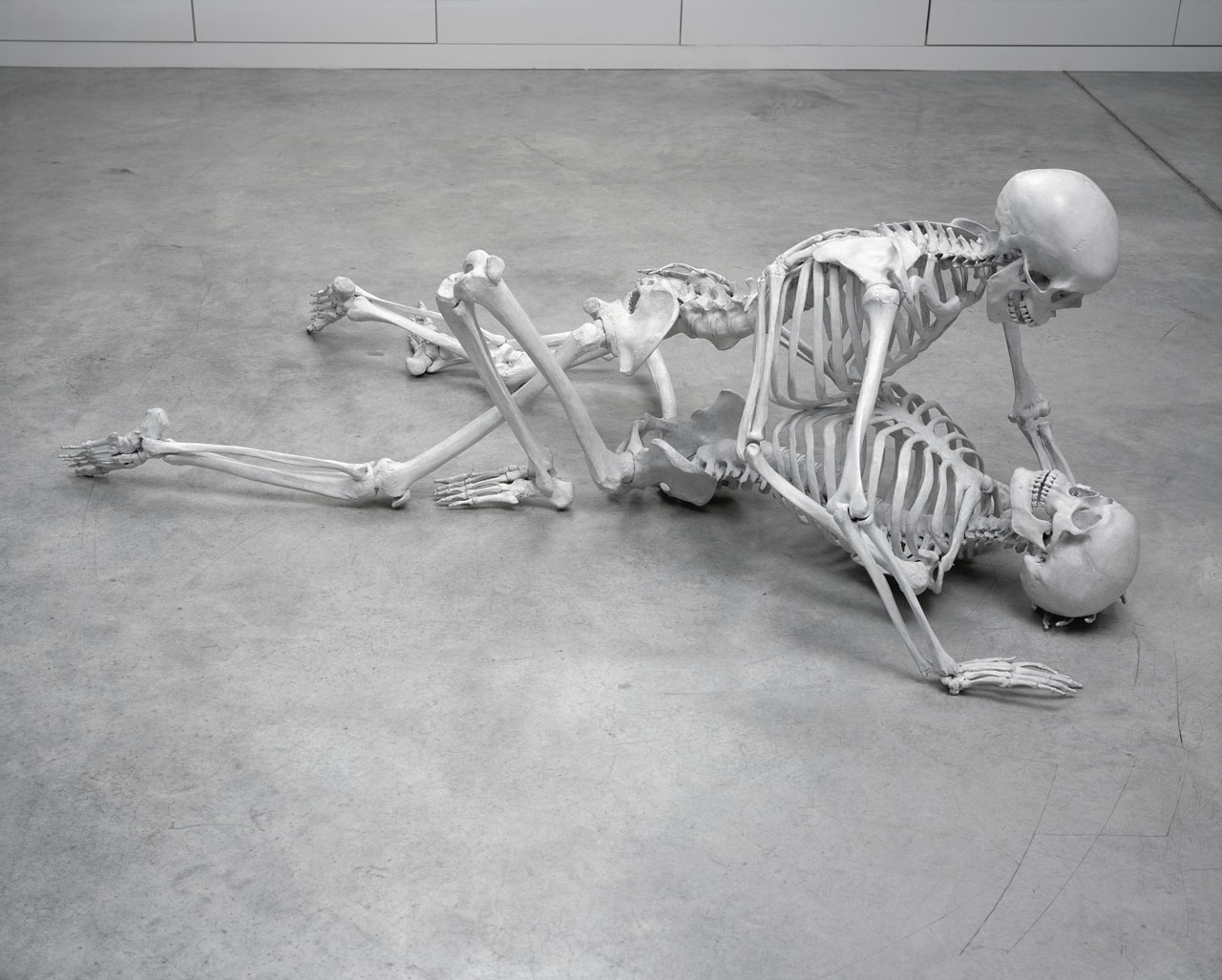
Foundation
Marc Quinn
October 5 → January 6, 2008
Gathering over forty recent works, DHC/ART’s inaugural exhibition by conceptual artist Marc Quinn is the largest ever mounted in North America and the artist’s first solo show in Canada
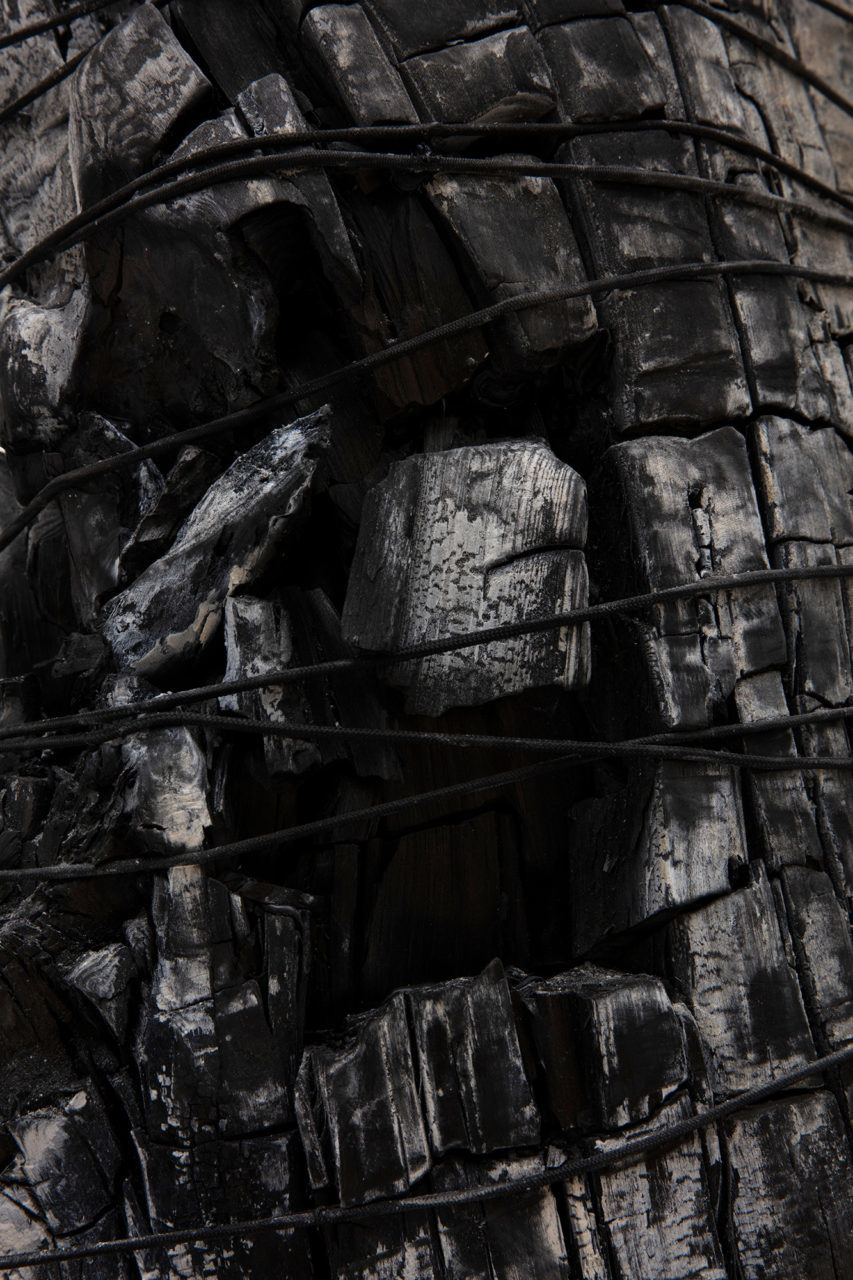
From February 24 until June 20, 2021, the PHI Foundation will present the exhibition UNION which highlights the work of Lee Bae. Lee Bae, a Korean artist born in 1956 and working in Paris since 1990. In his practice, Bae is motivated by the power of charcoal and its inherent tonal value. But the link that unites the creator and his chosen material goes beyond a simple game of contrast between shadow and light. It is at once a reflection on the connection between the body and the mind, and an experimentation of the medium with the strength of movement and composition. It is also a celebration of natural elements, associated with a return to South Korean traditions which are dear to Bae and arose from his memory after he found himself far away from his home country. His exploration with charcoal takes various forms, from monumental sculptures to the time honoured tradition of painting. The multiple uses that Lee Bae makes with charcoal emphasize the ephemeral and paradoxically durable character of this material, which has the ability to rise from its ashes to infinity.

When coming across Lee Bae’s work, one is immediately impressed by the ability—despite the fact that he uses charcoal in myriad ways—to instill a singular message and energy. If some of his works make us rethink our relation to space and to the natural elements composing it, others seem to be bearers of serenity, while retaining a diligent agitation and balance which is felt in the controlled movements of the material and of the experimentation on canvas. By offering a heteroclite selection of Lee Bae’s work, UNION reflects the plurality of his body of work, and asks us to think about the interaction between his numerous approaches. I had the opportunity to discuss these themes with Cheryl Sim, curator of the exhibition who tells us about her own engagement with the work and philosophy of Lee Bae, and provides us with a deeper insight into the artwork presented in Lee Bae: UNION.
Alice Oster: Hi Cheryl, can you start by explaining the reflection behind the name of the exhibition: UNION?
Cheryl Sim: ‘Union’ means ‘interlocking’, ‘coupling’, and it is the definition of the word ‘yoga’ as well, in reference to linking the energetic body with the supreme energy of the universe. Lee Bae makes this act part of his practice on a daily basis, reinforcing the idea of union in so many ways: between his corporeal memory and cultural memory, material and concept, gesture and time, earth and sky, life and death...The degree of integration of his work is really thorough.
AO: Are there themes or concepts in Lee Bae’s practice that resonate particularly with you, as an exhibition curator, but as an artist as well?
CS: I’m naturally drawn to work that explores ideas of impermanence, presence and the understanding of cycles. I think this probably speaks more to my own spiritual practice than my artistic work. I’m interested in energy and the power of the mind to be grounded and aware, as a way to truly live life. I really respect Lee Bae’s commitment of making art and life two interchangeable elements, and this is a principle that also guides my work at the Foundation, I think.
AO: Lee Bae explores and highlights the cultural traditions of his native country from Paris, where he has been living and working for several years. Do you think that this journey could echo the exhibition RELATIONS: Diaspora and Painting that was presented at the PHI Foundation last fall 2020?
CS: Indeed, I think there are a lot of echoes with the idea of working in and through a diasporic experience in his work. It is displacement that brought back to his memory certain essences, traces, imprints and redolence of memory. He talks about how sensations from the external world enter the body and that he was able to acknowledge these sensations through the experience of distancing himself from his familiar surroundings. Only through this critical distance was he able to see himself more objectively in order to engage himself body and soul, to channel his energy and maybe even to surrender to a kind of deep memory that issued up and led him to charcoal.
AO: Among the artworks exhibited, can you introduce us to one work which is particularly representative of the exhibition and his entire body of work, according to you?
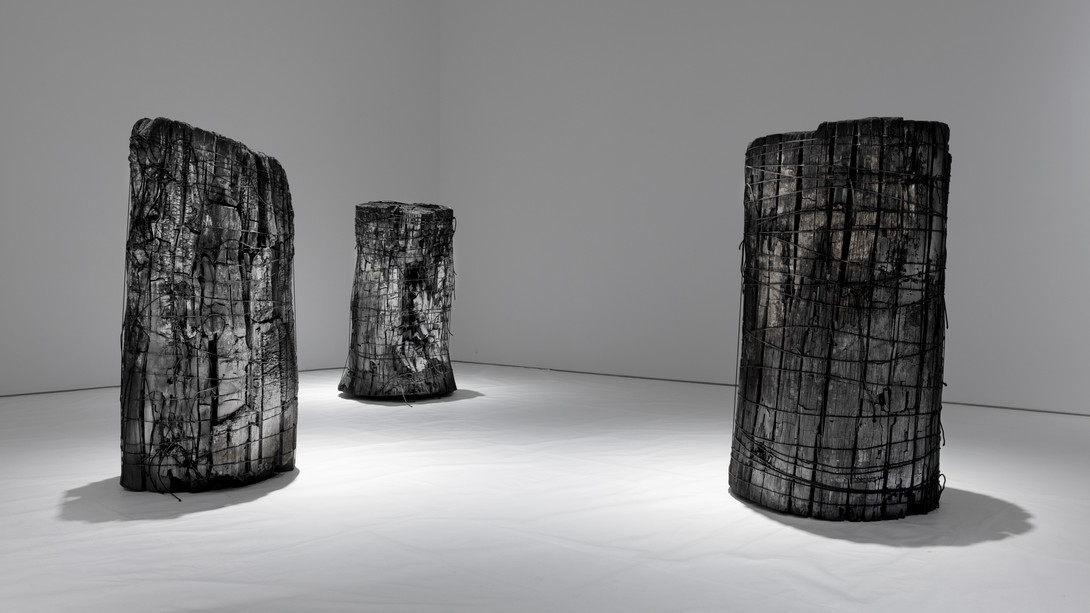
CS: Lee Bae’s exploration of charcoal’s conceptual depth and his multitude of formal applications make it difficult to choose. But for this exhibition, I decided to use his very major series Issu du feu as a kind of device to guide us through the show, placing the sculptures and paintings throughout as signposts, markers or totems of continuity, bringing us back to awareness, presence and calm.
AO: It’s the very first time that Lee Bae is exhibited, not only in Quebec but also in Canada. How do you think his work will resonate within the context of Montréal?
CS: Right now it’s very difficult not to feel a connection with the rest of the world because of the pandemic. I came across his work in February 2020, so before the first lockdown, but I was so shaken by the presence of his artworks. They contain an energy simultaneously “active” and peaceful. Modern life is so disrupted—many voices are constantly heard in our minds. Getting in touch with Lee Bae’s work offers a moment of contemplation which I think we can benefit from.
AO: There is a very immersive aspect to this exhibition, in that the relation between the viewer and their surroundings seems to be crucial in Lee Bae’s practice. How does the exhibition explore this engagement with the viewer and the works and how does it make this immersion possible?
CS: We can see the totality of the exhibition as an immersive installation, where each room introduces us to a particular aspect of Lee Bae’s practice and solicits our full and complete engagement. We start with the material and then add form, then concepts of impermanence, then gesture and time, all the while coming back to the material as we transition from room to room. A lively awareness of the body in relation with the experience and the sensations that the works may elicit is therefore gradually established. You just have to give in to the sensation. This is where I see a connection with phenomenology and specifically the ideas of Merleau-Ponty. He talks about the ‘co-penetration’ that exists between the self and the world around which is completely coherent with the way, for Lee Bae, that the external world lodges itself within the body. By harnessing this energy, which emanates from charcoal, he makes work that is very much in tune with the harmonies and dissonances of the cycles that are repercutated upon the body, its life and death.
AO: One of the particularities of Lee Bae’s practice is that with the energy transmitted through charcoal alone, he manages to create incredibly varied works and in so-doing, pays tribute to the infinite possibilities of charcoal and to its ability to reinvent itself through cyclical destruction. How is the multiplicity of this material reflected throughout the exhibition?
CS: The paintings and sculptures from Issu du feu are a prime illustration of two fundamental aspects of Lee Bae’s commitment to charcoal. They also form a good starting point to understand the ‘work’ of the material by the eye and hand in painting, but also in sculpture; the emergence of the work in natural elements, if I may say so, which are fire and time. From there, we discover an art that shows the further exploration of the artist regarding what charcoal can ‘accomplish’ through a manipulation of form, through representation, as a soot based ink, as a powder combined with acrylic medium, and, finally, through these multiple manifestations brought together in a large-scale installation, where the works commune amongst themselves and with us. Lee Bae shows us that the only limits to the possibilities of this matière lie in his own questioning.
This article was written as part of Platform. Platform is an initiative created and driven jointly by the PHI Foundation’s education, curatorial and Visitor Experience teams. Through varied research, creation and mediation activities in which they are invited to explore their own voices and interests, Platform fosters exchanges while acknowledging the Visitor Experience team members’ expertise.
Author: Alice Oster
Alice Oster is a student in philosophy and art history at McGill University. She is particularly interested in queer and feminist theories in philosophy, as well as in art history and sociology. She is also managing editor for the magazine Yiara, dedicated to feminist art and art history, and for the Montreal-based journal Graphite Publications. In addition, she writes for the magazine Femmes d’Art, which celebrates the women of the art world.

Foundation
Gathering over forty recent works, DHC/ART’s inaugural exhibition by conceptual artist Marc Quinn is the largest ever mounted in North America and the artist’s first solo show in Canada
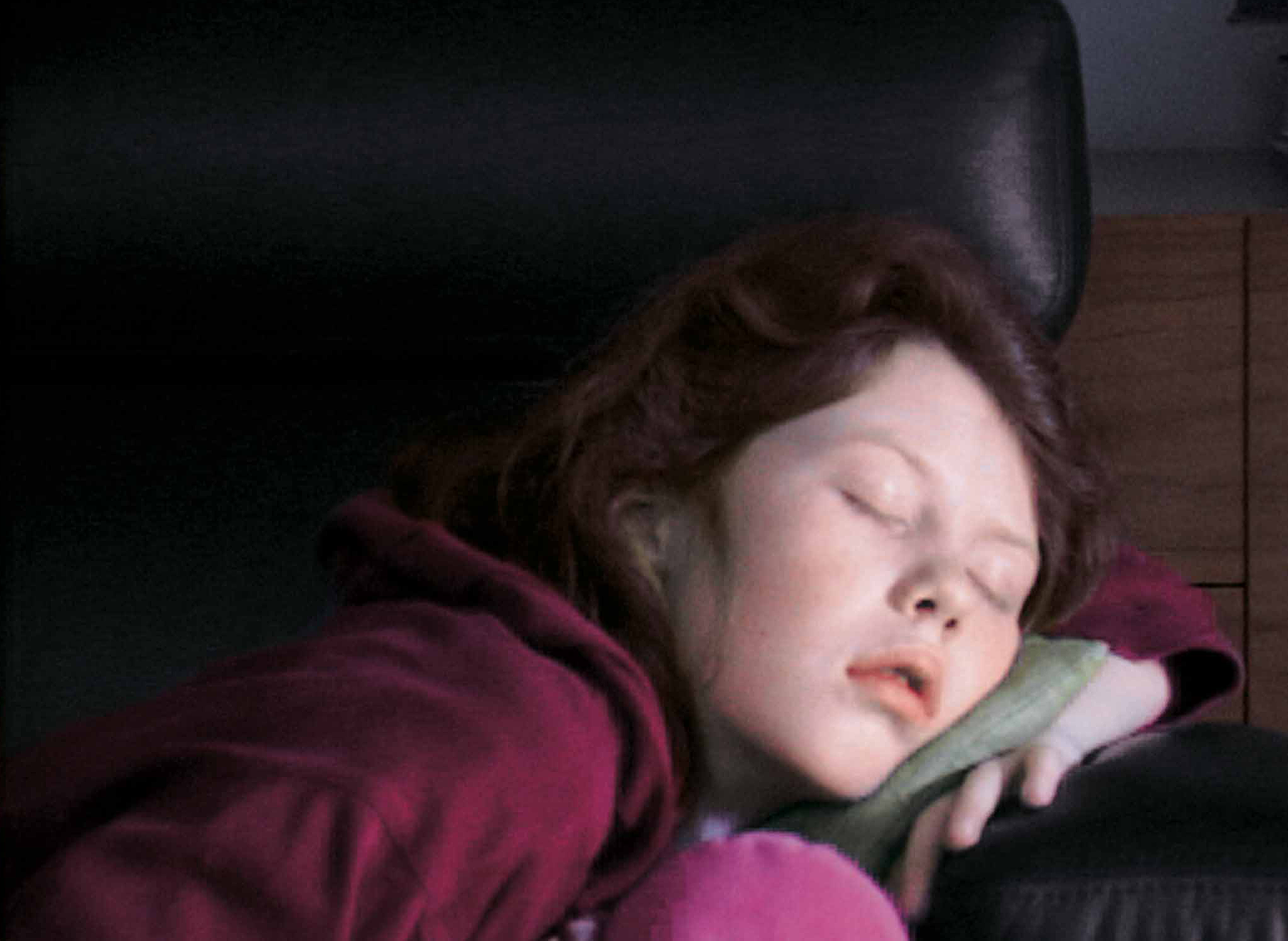
Foundation
Six artists present works that in some way critically re-stage films, media spectacles, popular culture and, in one case, private moments of daily life
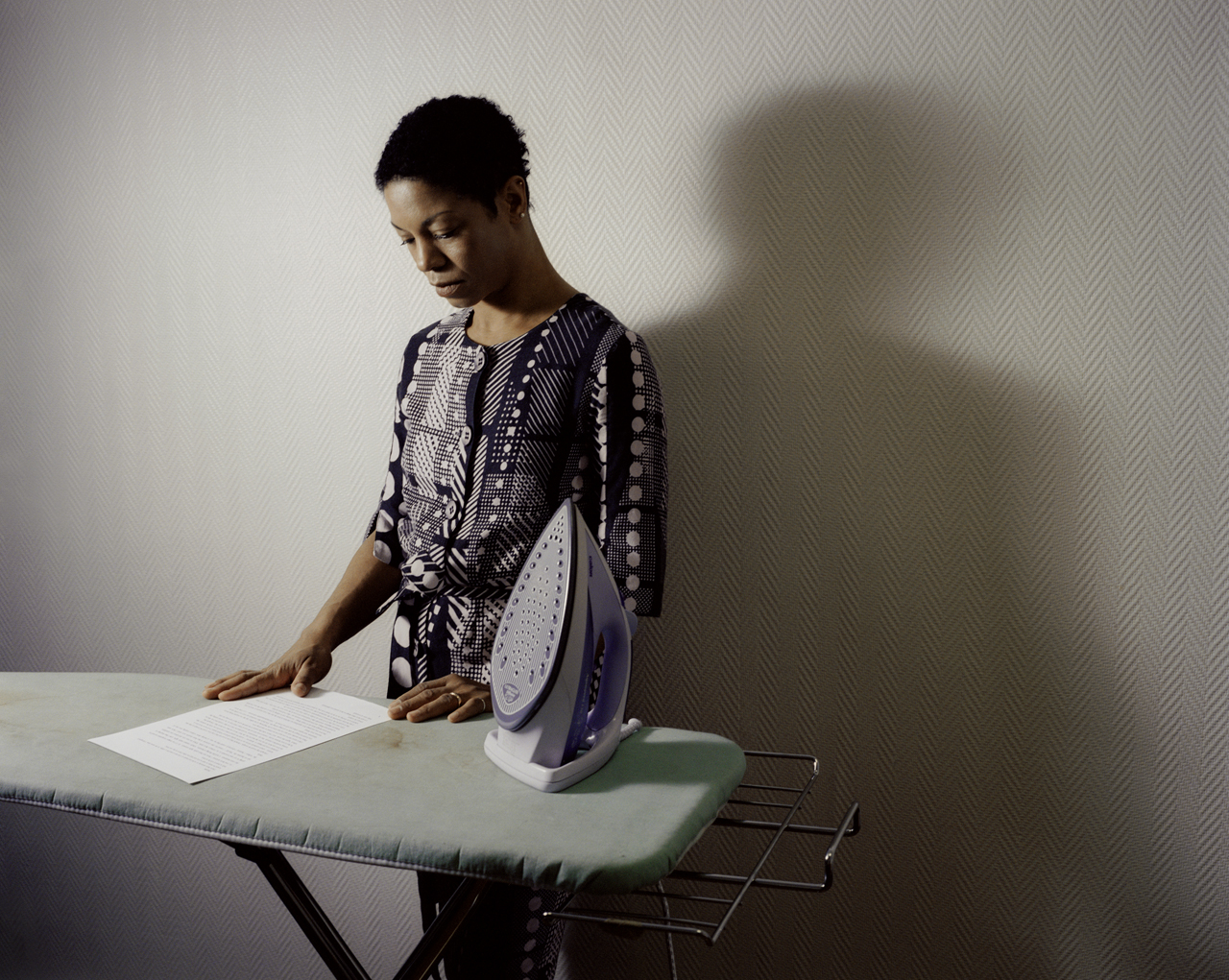
Foundation
This poetic and often touching project speaks to us all about our relation to the loved one
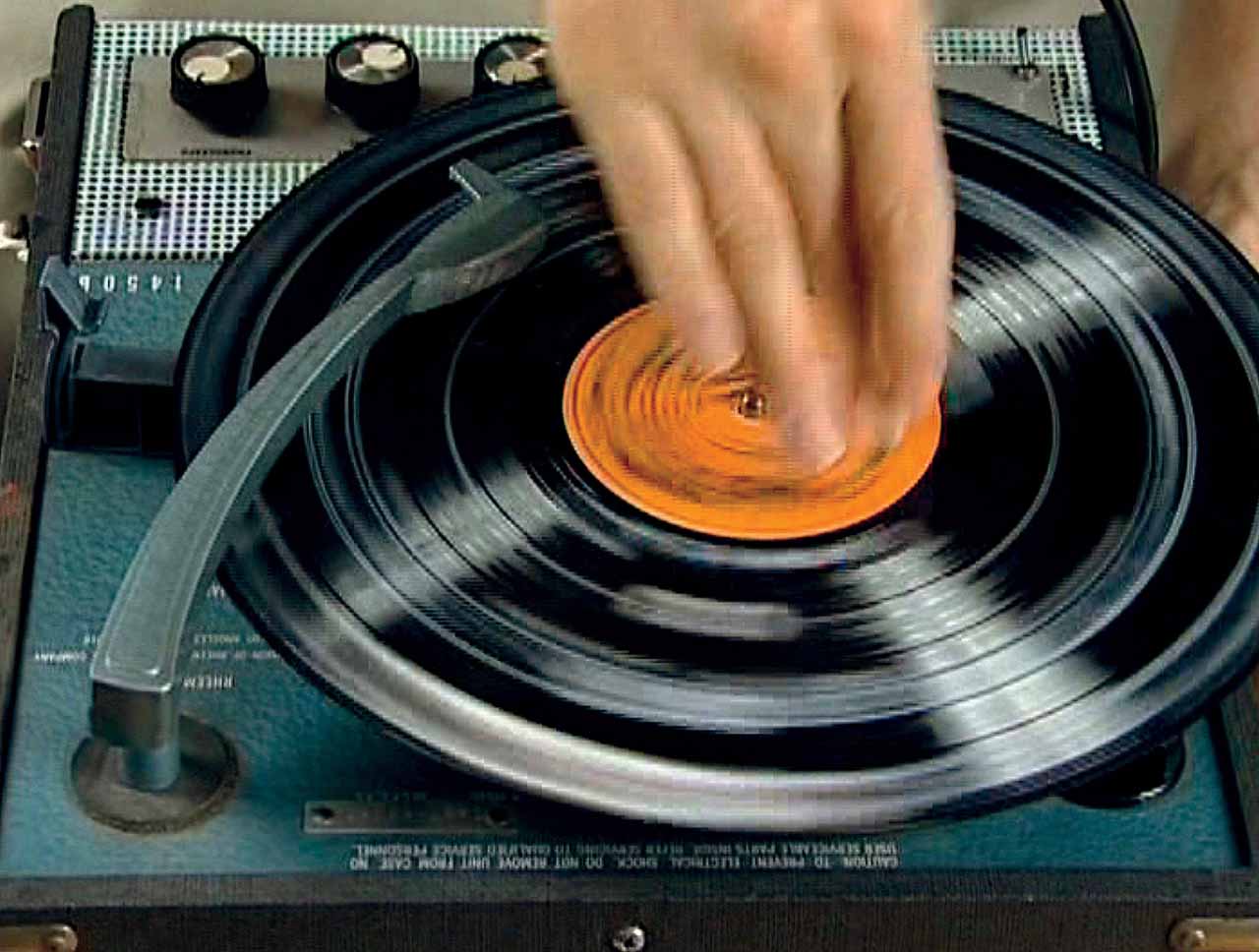
Foundation
DHC/ART Foundation for Contemporary Art is pleased to present the North American premiere of Christian Marclay’s Replay, a major exhibition gathering works in video by the internationally acclaimed artist
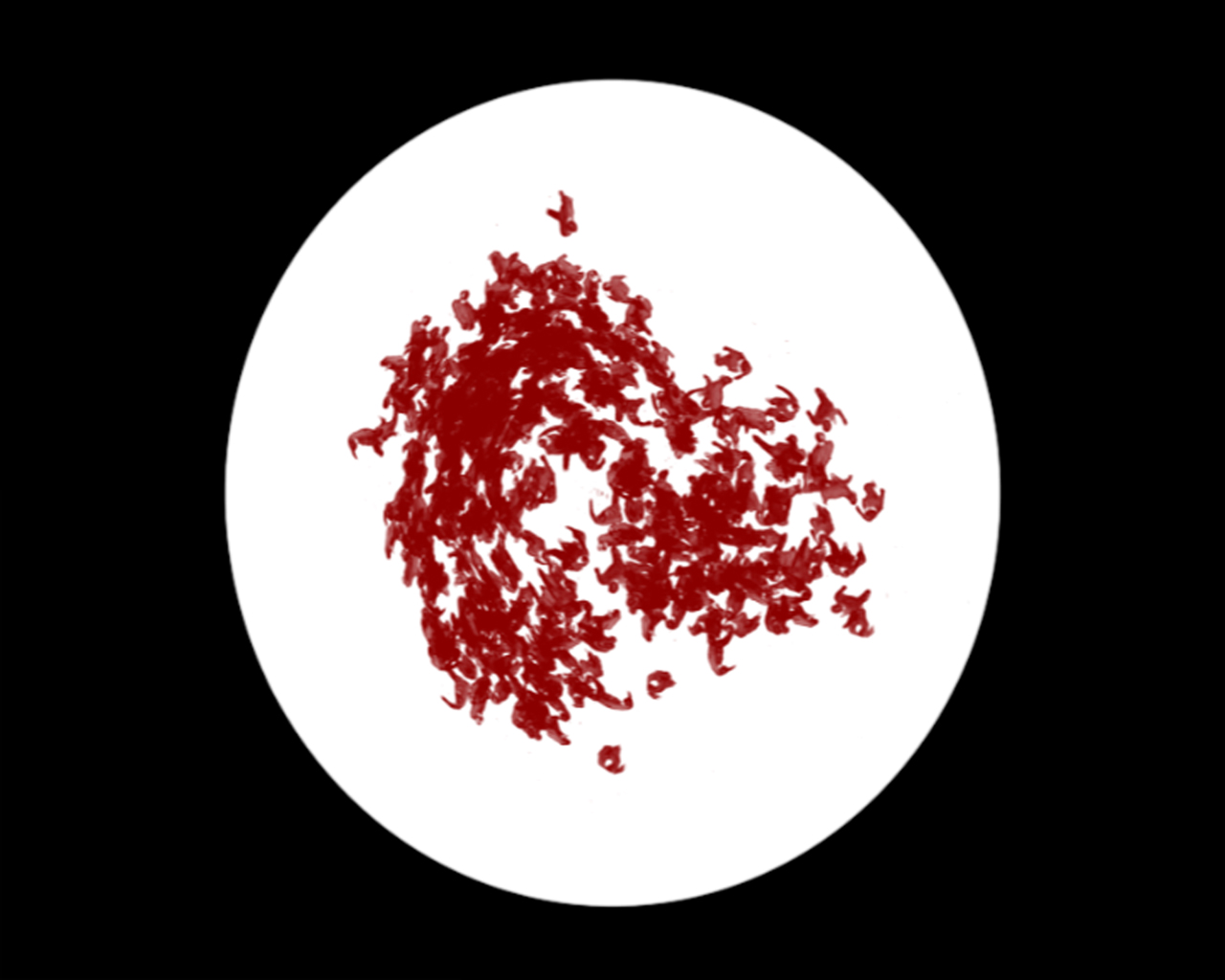
Foundation
DHC/ART is pleased to present Particles of Reality, the first solo exhibition in Canada of the celebrated Israeli artist Michal Rovner, who divides her time between New York City and a farm in Israel
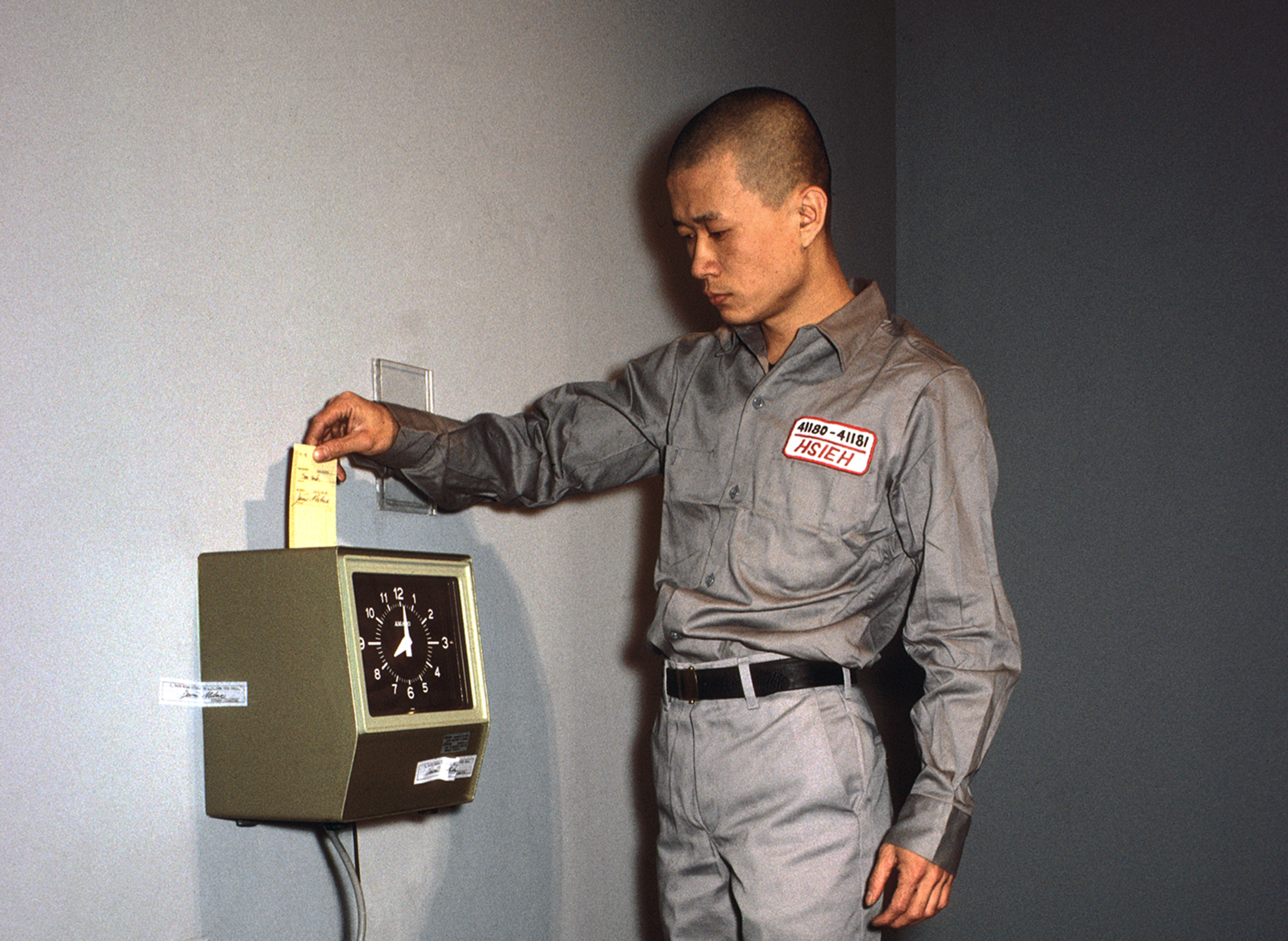
Foundation
The inaugural DHC Session exhibition, Living Time, brings together selected documentation of renowned Taiwanese-American performance artist Tehching Hsieh’s One Year Performances and the films of young Dutch artist, Guido van der Werve
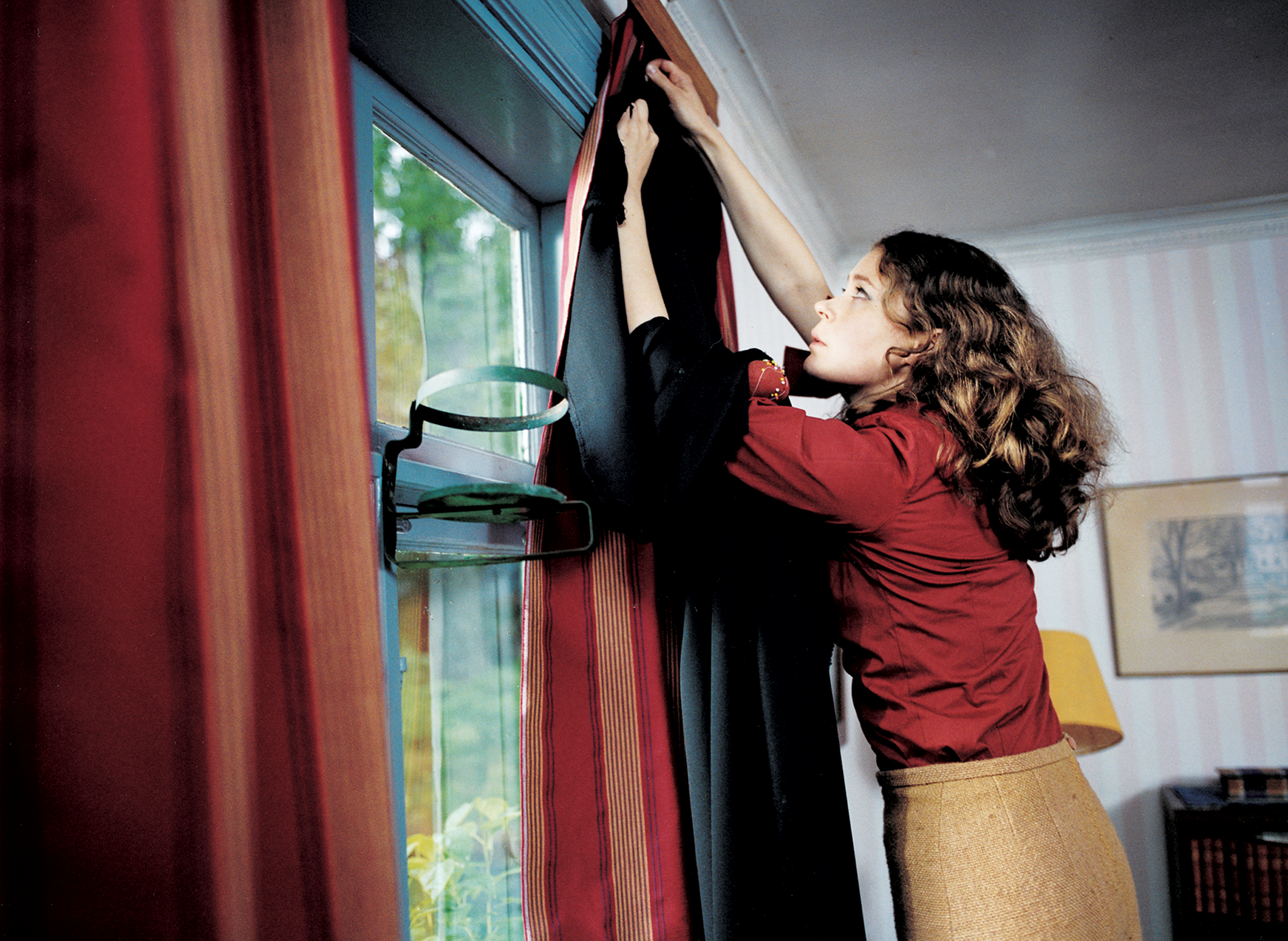
Foundation
Eija-Liisa Ahtila’s film installations experiment with narrative storytelling, creating extraordinary tales out of ordinary human experiences
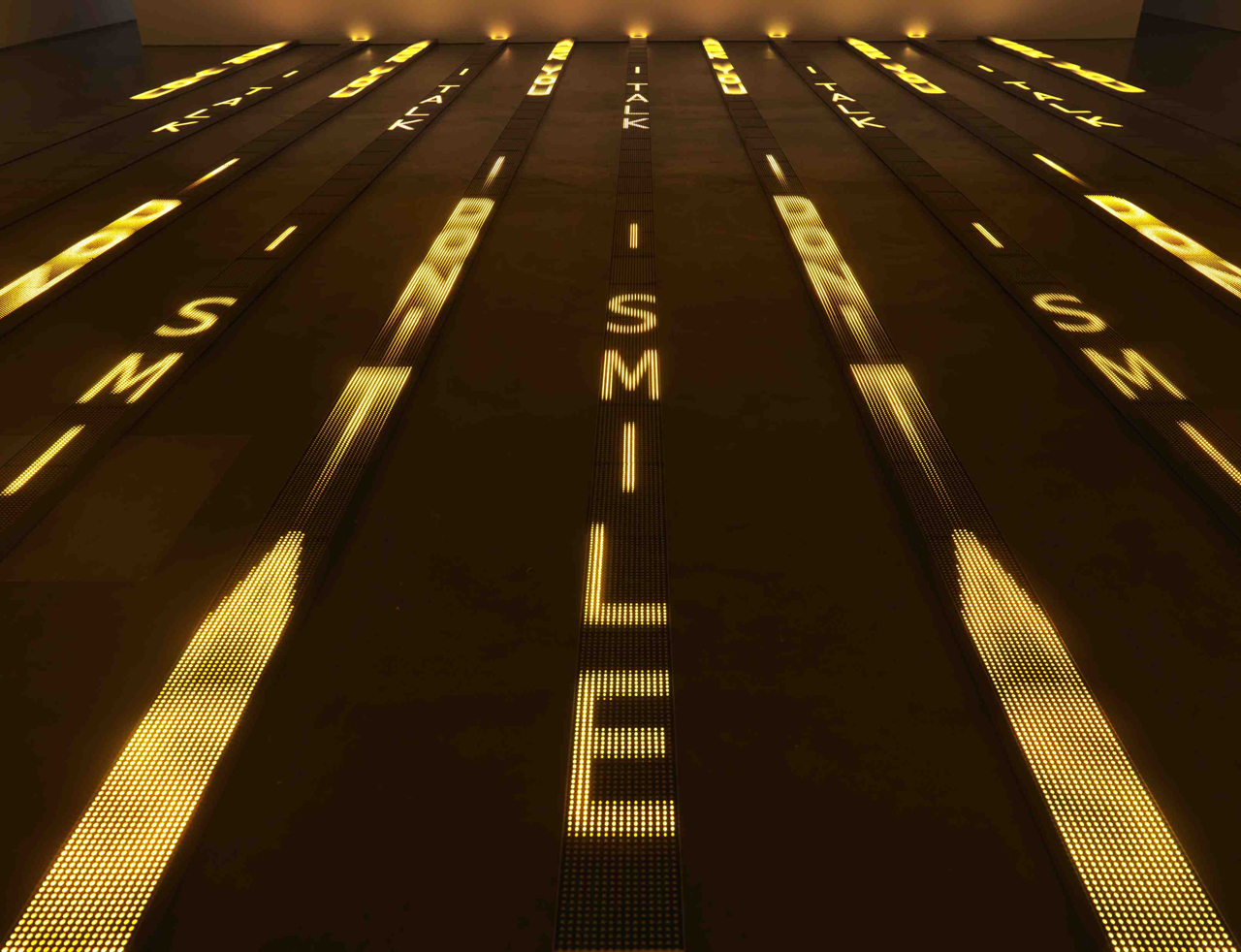
Foundation
For more than thirty years, Jenny Holzer’s work has paired text and installation to examine personal and social realities